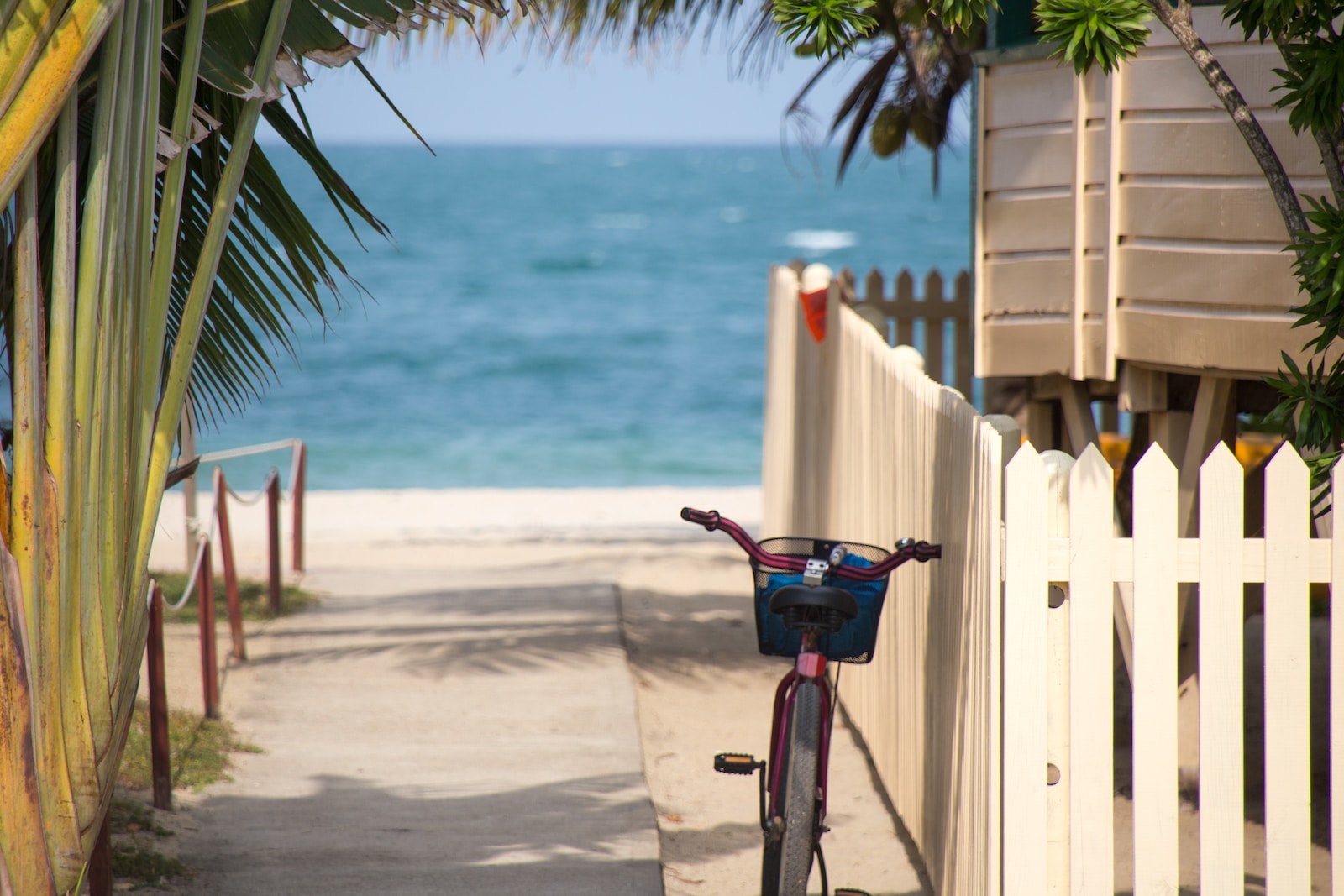Share this article with your network of friends!
Cryptomeria, commonly known as crypt myrtle or Japanese cedar, is a beautiful evergreen tree that provides shade, visual appeal, and privacy to outdoor spaces. As seniors tend to their gardens and landscapes, it’s important to consider proper pruning practices for trees like the cryptomeria. In this article, we discuss the benefits, considerations, and guidelines to help seniors make informed decisions about trimming their cryptomeria trees.
1. Understanding the Growth Habit of Cryptomeria:
Cryptomeria trees naturally have a pyramidal or conical shape with layered branches. They tend to grow in a dense and compact manner, creating a lush and picturesque canopy. The growth pattern of cryptomeria plays a role in determining the appropriate pruning techniques.
2. Benefits of Pruning Cryptomeria Trees:
– Aesthetic Appeal: Pruning can enhance the overall appearance of cryptomeria trees, ensuring a well-maintained and visually pleasing landscape. Trimming helps remove dead, damaged, or diseased branches, giving the tree a healthier and more attractive form.
– Air Circulation and Light Penetration: Pruning can improve air circulation within the tree’s canopy, reducing the risk of fungal diseases. Proper pruning also allows sunlight to reach the inner branches, promoting overall tree health and growth.
3. Considerations for Pruning Cryptomeria Trees:
– Timing: Cryptomeria trees are best pruned during their dormant season, typically in late winter or early spring. This timing minimizes stress on the tree and encourages new growth during the following growing season.
– Minimal Pruning: Cryptomeria trees generally require minimal pruning. It is important to avoid excessive pruning, as it can disrupt the natural shape and growth pattern of the tree, leading to an unbalanced or weakened structure.
4. Guidelines for Pruning Cryptomeria Trees:
– Removing Dead or Diseased Branches: Seniors should regularly inspect their cryptomeria trees and prune any dead or diseased branches. This helps maintain tree health, prevents the spread of diseases, and reduces potential safety hazards.
– Shaping and Thinning: If desired, seniors can selectively prune to shape the tree or thin out crowded branches to improve air circulation. Pruning should be done conservatively, focusing on minor adjustments rather than significant reductions.
– Proper Pruning Techniques: Use sharp, clean tools such as pruning shears or loppers to make clean cuts just outside the branch collar (the swollen area where the branch connects to the trunk). Avoid leaving stubs or cutting too close to the trunk, as it can impede the tree’s ability to heal.
Trimming cryptomeria trees, like any pruning activity, requires thoughtful consideration and adherence to proper techniques. Seniors can benefit from pruning their crypt myrtles to enhance their visual appeal, promote tree health, and ensure proper air circulation and light penetration. However, it’s crucial to exercise caution and avoid excessive pruning that may harm the tree’s natural shape and growth. By understanding the growth habits of cryptomeria trees, considering the timing and purpose of pruning, and following proper pruning guidelines, seniors can maintain the beauty and vitality of their cryptomeria trees. Whether opting for minimal pruning or selectively shaping the tree, seniors can enjoy the enduring charm and elegance that crypt myrtles bring to their outdoor spaces.
DISCLAIMER: This website contains articles for informational and entertainment purposes only. No articles on this website should be considered as professional advice for any medical, legal, or financial matter. Advertisements and content may contain affiliate links, where the website earns a commission for sales derived from our users.






[…] gardens. By selecting suitable varieties, providing proper planting, watering, and fertilizing, practicing regular pruning and deadheading, and managing pests and diseases, seniors can enjoy a flourishing rose garden that […]